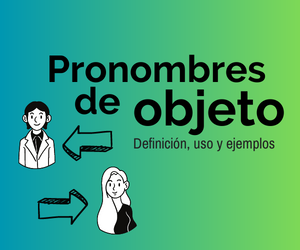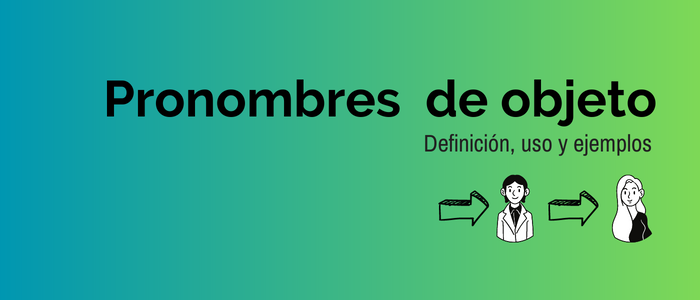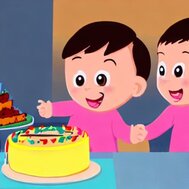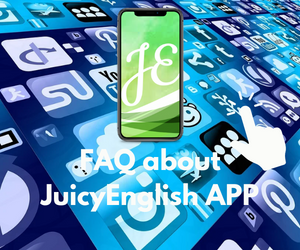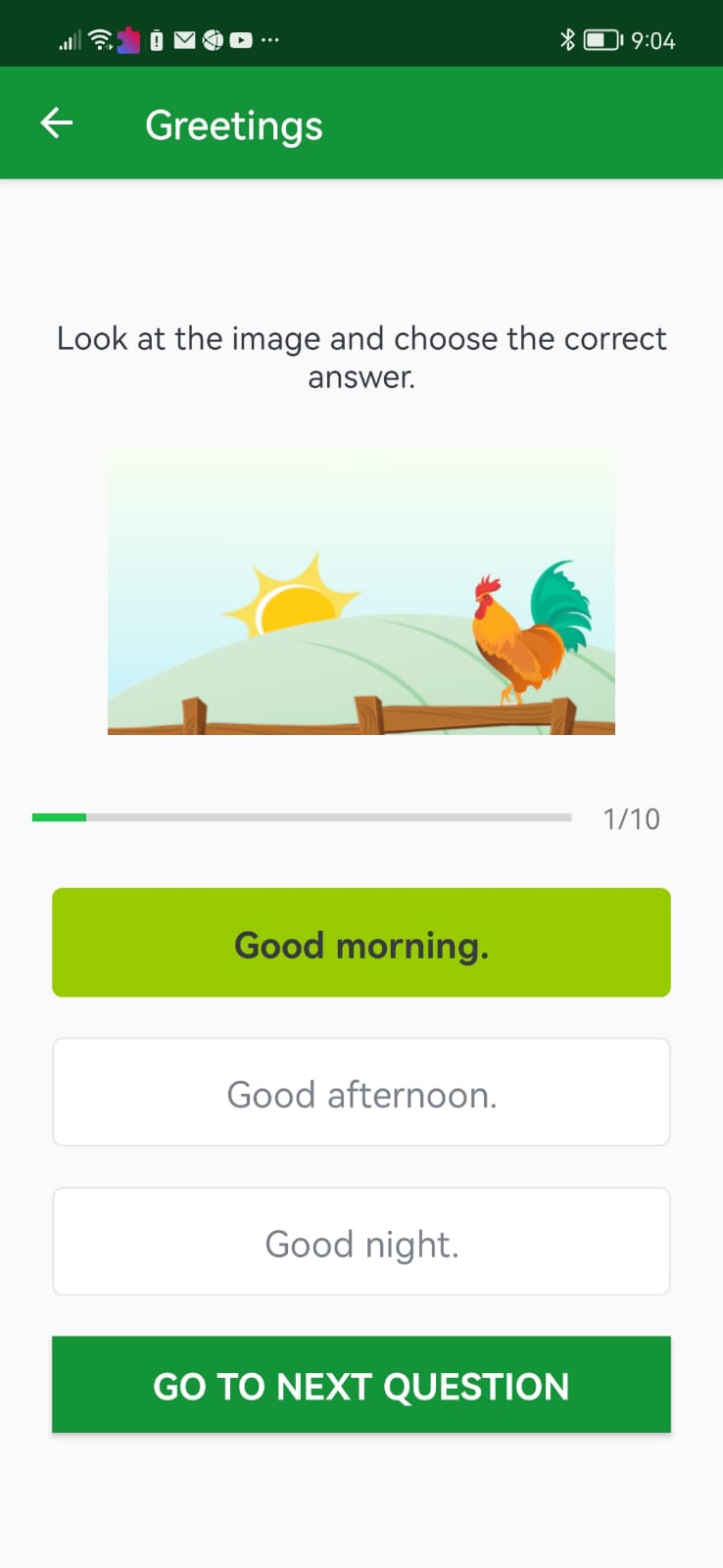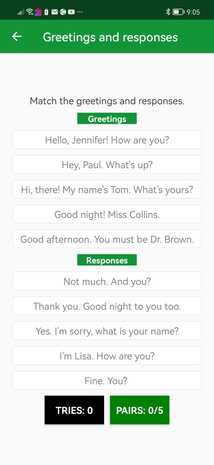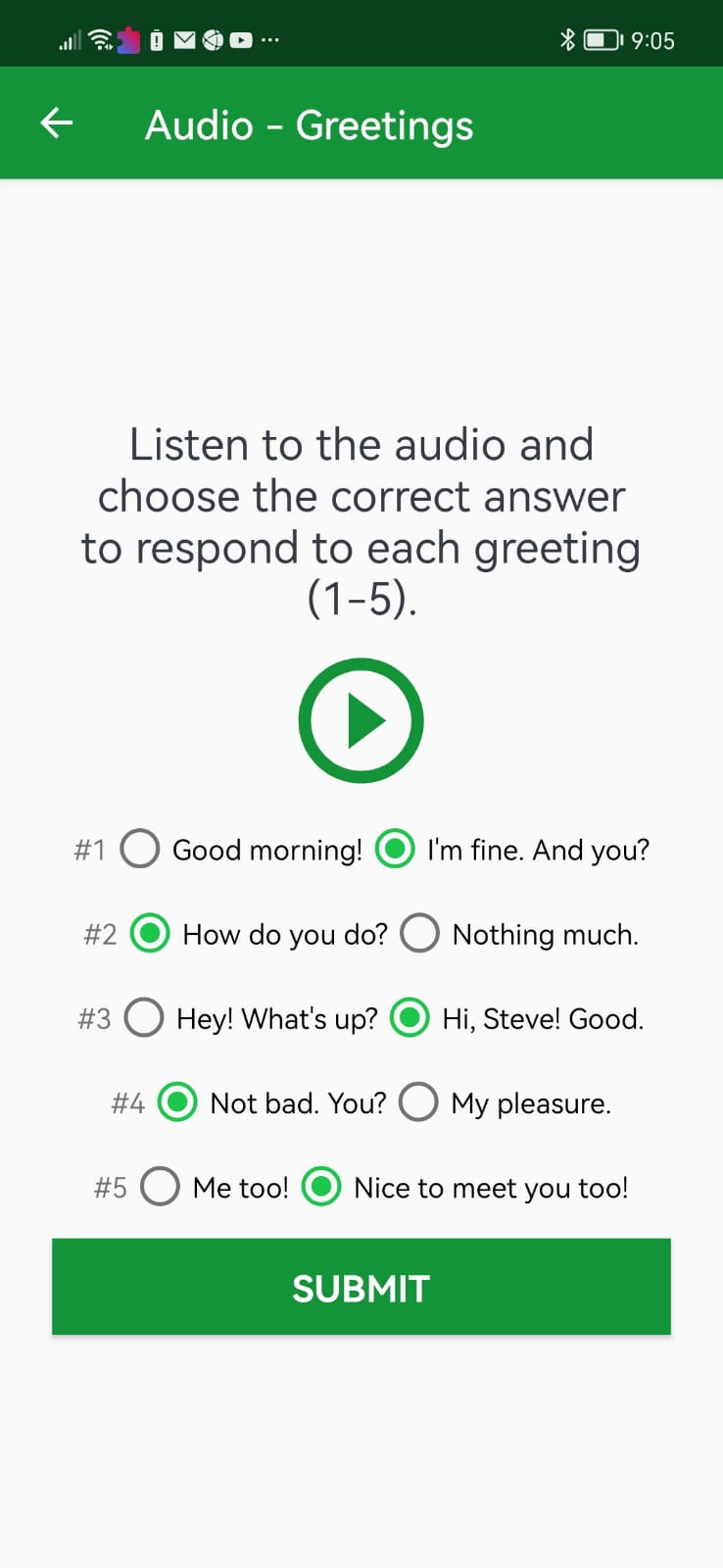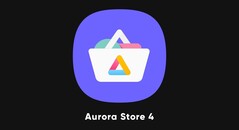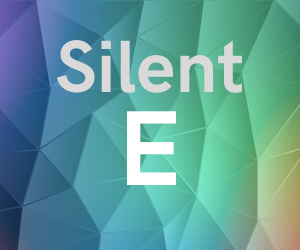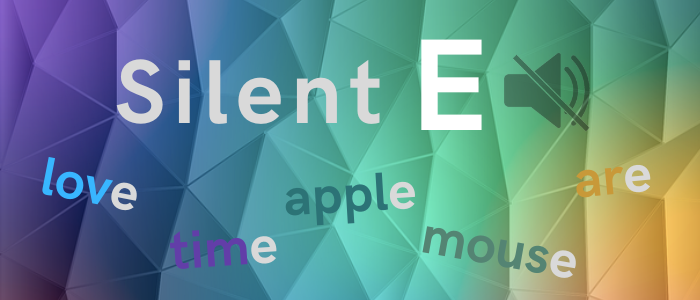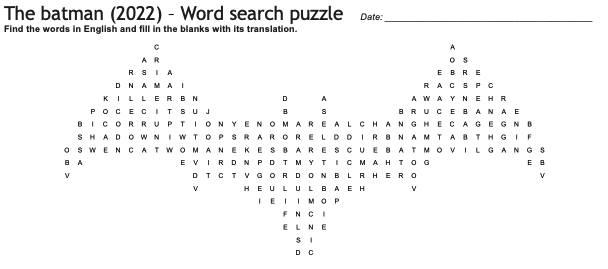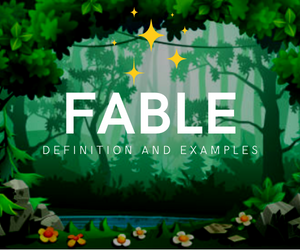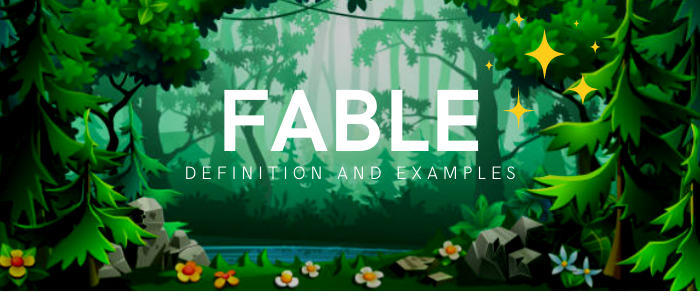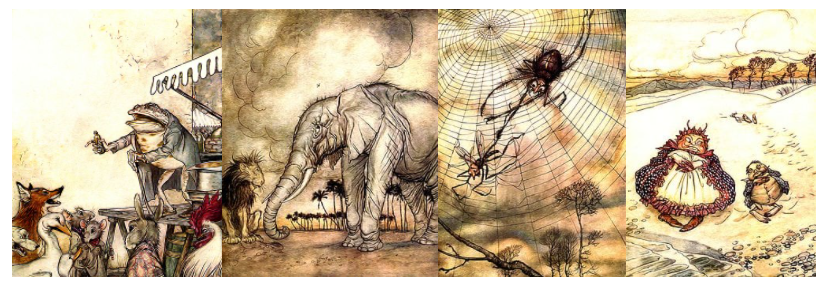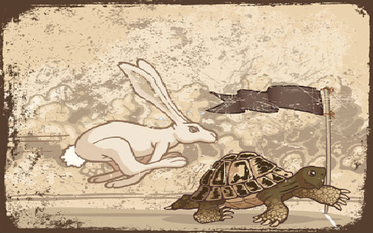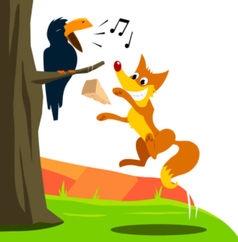En este caso, el verbo es "ruin" (arruinar) y el objeto que recibe esta acción es el pastel. Siempre hay que tener en cuenta a qué o a quién nos referimos para utilizar el pronombre de objeto directo correcto.
Pronombre personal en inglés |
Pronombre de objeto en inglés |
Pronombre de objeto en español |
Oración de ejemplo |
I |
me |
me/(a) mí |
She is looking at me. Me está mirando. Kiss me. Besame a mí. |
You |
you |
te/(a) ti/ contigo |
She's following you on Twitter. Ella te está siguiendo en Twitter. I choose you as my dance partner. Te elijo a ti como mi compañero de baile. |
He |
him |
lo/(a) él |
She is talking to him. Ella está hablando con él. |
She |
her |
la/(a) ella |
Have you seen Anna? I'd like to talk to her. ¿Has visto a Ana? Me gustaria hablar con ella. |
It |
it |
lo/la/le (a) eso |
Take this notebook and give it to Leo. Toma esta libreta y dasela a Leo. |
We |
us |
nos/ (a)nosotros |
We have plenty of food. Come and have dinner with us! Tenemos comida de sobra. ¡Ven a cenar con nosotros! |
You |
you |
los/las |
We invite you to join us for dinner tonight. Los invitamos a unirse a nosotros para cenar esta noche. |
They |
them |
los/las/les/ (a) ellos/ellas |
I can't find my keys, have you seen them? No puedo encontrar mis llaves, ¿las has visto? |
She gave me a birthday present - Ella me dio un regalo de cumpleaños.
Who speaks English? -Me - ¿Quién habla inglés? -Yo.
She asked him to pass the phone - Ella le pidió que le pasara el teléfono.
The teacher praised her for her hard work - El profesor la elogió por su arduo trabajo.
He offered to help us move the furniture - Se ofreció a ayudarnos a mover los muebles.
How are your parents? Send them my regards - ¿Cómo están tus padres? Mándales saludos.
- Open (the window), please.
- Sarah can't swim. Help (Sarah)!
- Tom is making a lot of noise! I'll ask (Tom) to be quiet.
- Do you like apples? -I love (apples).
- Can you help (my sister and me), please?
- Maria is baking a cake. She needs to buy some eggs for _____.
- I lost my keys. Have you seen _____?
- John and his sister are going to the movies. He is buying tickets for ____ and his sister.
- Can you pass _____ the salt? I want to sprinkle it on my food.
- My mom is sick. I'm going to see _____.
- We ordered pizza for dinner. I ate _____ all.
- The children are hungry. Give _____ an apple.
- The dog chased its tail. It caught it and bit _____.
- When you arrived at the airport, the customs officer asked _____ to open your suitcase.
- After we finished the intense workout, the coach congratulated _____ on our progress.
A. 1. it, 2. her, 3. him, 4. them, 5. us.
B. 1. it, 2. them, 3. him, 4. me, 5. her, 6. it, 7. them, 8. it, 9. you, 10. us.
